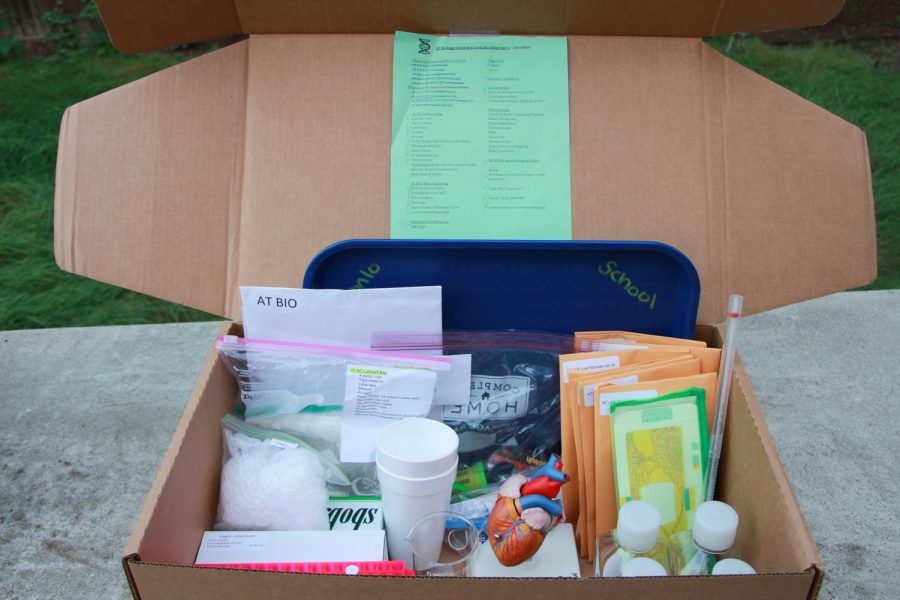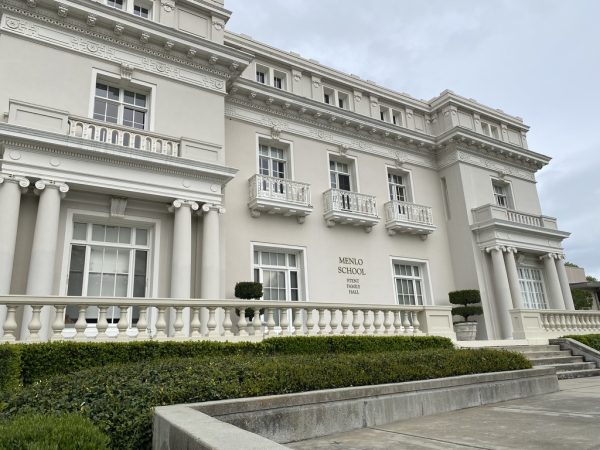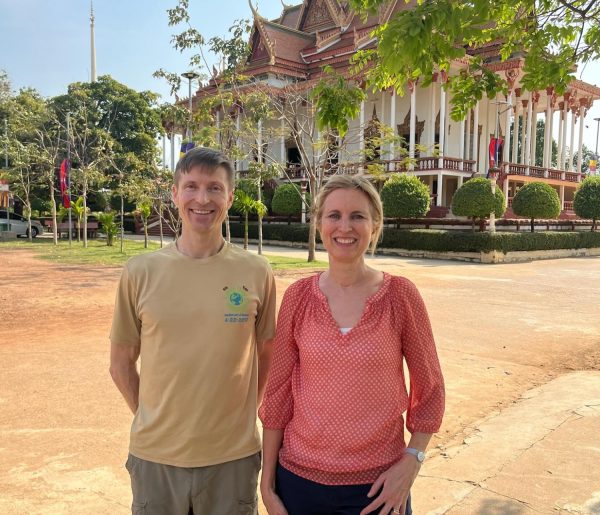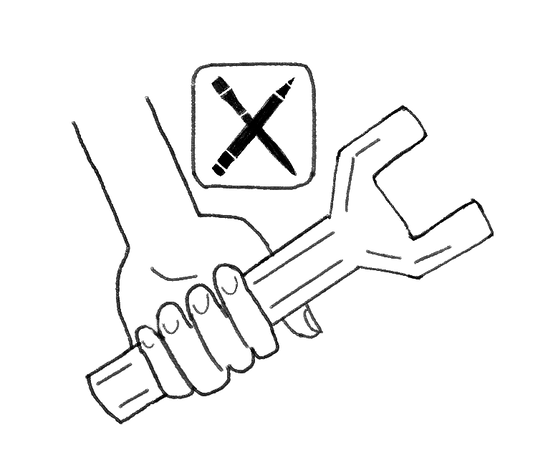At-Home Science and Engineering Lab Kits Required Vast Administrative Efforts
The new science and engineering lab kits include materials with which students can conduct experiments and learn interactively at home. Staff photo: Sadie Stinson.
September 17, 2020
Notice: a correction has been made to this story on September 22, 2020. A sentence has been added to acknowledge Whitaker Lab Supervisor Brian Ward’s contribution to organizing the lab kits, as a result of a request by Science Department Chair James Formato.
As a new school year kicks off, students and teachers have both begun using at-home science lab kits. Science kits were planned and assembled by Lab Supervisor Midori Hosobuchi. Engineering and applied science kits were planned by Whitaker Lab Supervisor Brian Ward.
When on-campus learning was originally canceled in March, Hosobuchi and Science Department Chair James Formato hoped to create kits for the fall semester, assuming classes would stay online. “[Not being able to conduct labs] was too high of a price to pay for our science and engineering program,” Formato said. “I really wanted our teachers and lab support personnel to really think carefully about what is valuable in our program, and to me that’s learning by experiment.”
Hosobuchi began creating the lab kits in April, and by late May, she had prototypes and budgets. In June, she ordered supplies for the 340 individual kits. The assembly was incredibly time consuming due to the number of products and kits required. “The kit for Conceptual Chemistry alone required us to [bag] samples and equipment over 212 times and print out and apply 161 stickers per kit, which was multiplied by 83 kits,” Hosobuchi said. “During August, [my daughters and I] worked eight to ten hour days every day of the week until the kits were distributed.”
Both teachers and students feel that the lab kits are the best alternative to in-person experiments, considering the current conditions. “We basically have tried to simulate every single lab that we would normally do throughout the year into this kit,” science teacher Todd Hardie said.
In addition to enhancing learning, performing labs can serve as a break from sitting at the computer all day. “Because of COVID-19, it is harder to be hands-on during class, and I think this is a great alternative,” junior Sharon Nejad said. “After sitting down and staring at a screen all day, I cherish the few moments I have standing.”
While safety concerns may come with at-home experiments, Hosobuchi and Formato believe that if students listen and follow directions, they will be successful. “The first thing that I learned was directions have to be very explicit because when you’re doing lab work, little things can go wrong very easily,” Formato said.
Having students use the lab kits can also result in learning in ways other than science and engineering by teaching students to take ownership in their learning. “They […] require that students monitor their own safety,” Hosobuchi said. Similarly, having control of one’s own experiment can have more benefits. “Every single individual student is in charge of their own learning, and that’s a really powerful shift in mindset,” Formato said.













